
Provence is known for its world class rosé wines, generally labelled as Côtes de Provence or Bandol. The latter appellation also produces premium reds from the Mourvèdre grape, where coastal breezes inspire spicy, garrigue driven wines.
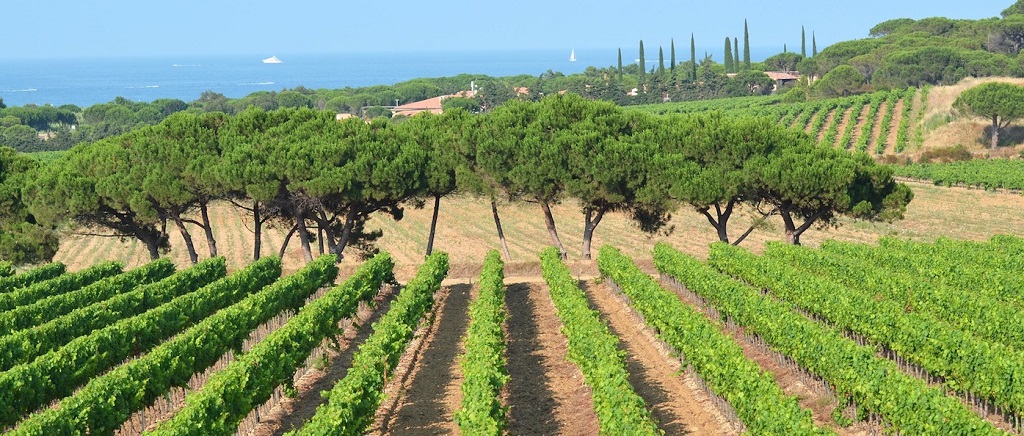
In the far South East of [France](/country/france) is the stunningly beautiful region of Provence. Known around the world for its evocative patchwork of colours - rolling green hills, vivid purple blankets of lavender, and deep blue vistas of the Mediterranean - this once ignored wine region is gradually earning a reputation for high quality wines. Extending nearly 200km between the Mediterranean and the Alps, the mixed topography of Provence is well suited to wine making. Between rocky, volcanic mountain ranges and flat sandy beaches is a plethora of valleys and hillsides perfect for the cultivation of more than a dozen grape varieties. Like most Mediterranean wine regions, summers are long and hot, but tempered by sea breezes, while winters are typically cool and mild. Local climatic conditions provide specific challenges however. Rain, for example, is quite rare, but when it does occur it can often arrive with heavy storms and impart substantial damage to vineyards. Provence boasts almost double the national average of organically farmed vineyards. The cold Mistral wind (mistrau in the local dialect) provides plenty of aeration, driving away storm clouds and generally warding off fungal disease. These are excellent conditions for sustainable viticulture. [Domaine Richeaume](/producer/domaine-richeaume) is long standing ambassador of this approach. In 2016, Provence had 7,199 hectares (17,789 acres) of certified organic grapevines, accounting for 19% of its total area, up 65% in the last six years. The average in [France](/country/france) for organic is just 9%. In the last couple of decades Provence has become synonymous with pale pink rosé, produced typically, with [Grenache](/grenache), [Cinsualt](/cinsault), and [Mourvèdre](/mourvedre). The vast majority of AOC production here is rosé, as much as 90% in fact, and the category has become hugely popular thanks to the work of small producers pursuing a dry, fruity and elegant style. Such has been the commercial success of Provençal rose, that a wave of imitation wines are now being produced all over the world. With almost 20,000 hectares under vine, [Côtes de Provence AOC](/appellation/cotes-de-provence-aoc) is by far the largest appellation in the region. The area extends from calcareous Provence, to the west and north (Sainte-Victoire Mountain), to crystalline Provence to the south and east (Maures and Estérel Massifs). Again, 90% of the wine released under this appellation is light and pink. In 2005 an area of around 3000 hectares between Mount Sainte-Victoire to the north and the Sainte-Baume massif to the south was deemed to merit its own and appellation and the [Sainte-Victoire AOC](/appellation/cotes-de-provence-sainte-victoire-aoc) was founded for red and rosé wines. Conditions here are particularly suited to the production of quality fruit as these natural barriers create a corridor which protects the valley but offers plenty of winding to ward off fungal diseases. Located just north and west of the town of Aix-en-Provence is the [Côteaux d’Aix-en-Provence](/appellation/coteaux-daix-en-provence-aoc) appellation. It was given official AOC status in 1985 and today covers around 4000 hectares of vineyard making it the region’s second largest. While much of the wine production here is still rosé, good quality red and white wines are also made, often complex blends involving [Syrah](/syrah), [Grenache](/grenache), [Cinsault](/cinsault), [Carignan](/carignan-noir), [Mourvèdre](/mourvedre) and even the little known [Counoise](/counoise). Like in most areas of [France](/country/france), there is a growing interest in old grape varieties. [Tibouren](/tibouren), known as Rossese di Dolceacqua across the border in [Liguria](/region/liguria), is quietly growing in popularity. A black skinned variety, it is appreciated for its capacity to give full bodied, structured rose with distinctive, but not unattractive earthy aromas. [Château Peyrassol](/producer/chateau-peyrassol) produce one of the more prestigious versions through their Le Clos Peyrassol, although this is blended with [Rolle](/rolle) and [Grenache](/grenache). [Clos Cibonne](/producer/clos-cibonne) and [Château Roubine](/producer/chateau-roubine) make versions worth looking at. [Counoise](/counoise) is another black-skinned grape grown in Provence, appreciated, like [Mourvèdre](/mourvedre), for its spicy character and plush fruit. Although still mainly used a blending grape there are a handful of producers open to its charms, and we may well see increased plantings in the coming years. The most important region when it comes to quality and reputation is [Bandol](/appellation/bandol-aoc), a small growing area just to the north west of Marseilles. These vineyards are planted on steep terraces where hand harvesting is necessary. White wines and rosé are made under the [Bandol](/appellation/bandol-aoc) label, but it is the red wines that have helped build the appellation’s cult status among wine lovers. Made primarily with [Mourvèdre](/mourvedre), it often claimed that [Bandol](/appellation/bandol-aoc) provides the grape’s finest expression, partnering rich brambly fruit with a characteristic spiciness. Although 96% of all the wine made in Provence comes from just three appellations, it is the region’s smaller appellations that can make Provence exciting. Ventoux and Luberon would be prime examples, producing interesting red blends. For wine administration purposes however, they are considered part of the [Southern Rhône](/subzone/southern-rhone), due predominantly to the synergy in styles. The relatively cooler [Coteaux de Pierrevert AOC](/appellation/coteaux-de-pierrevert-aoc) to the north produces red, white and rosé from the region’s typical varieties, although, for now, is made only by a handful of wineries.

Bandol is one of Provence's top wines. It produces tannic red wines from Mourvèdre, capable of ageing many years, as well as small amount of white and rosé Bandol.
Read more ▸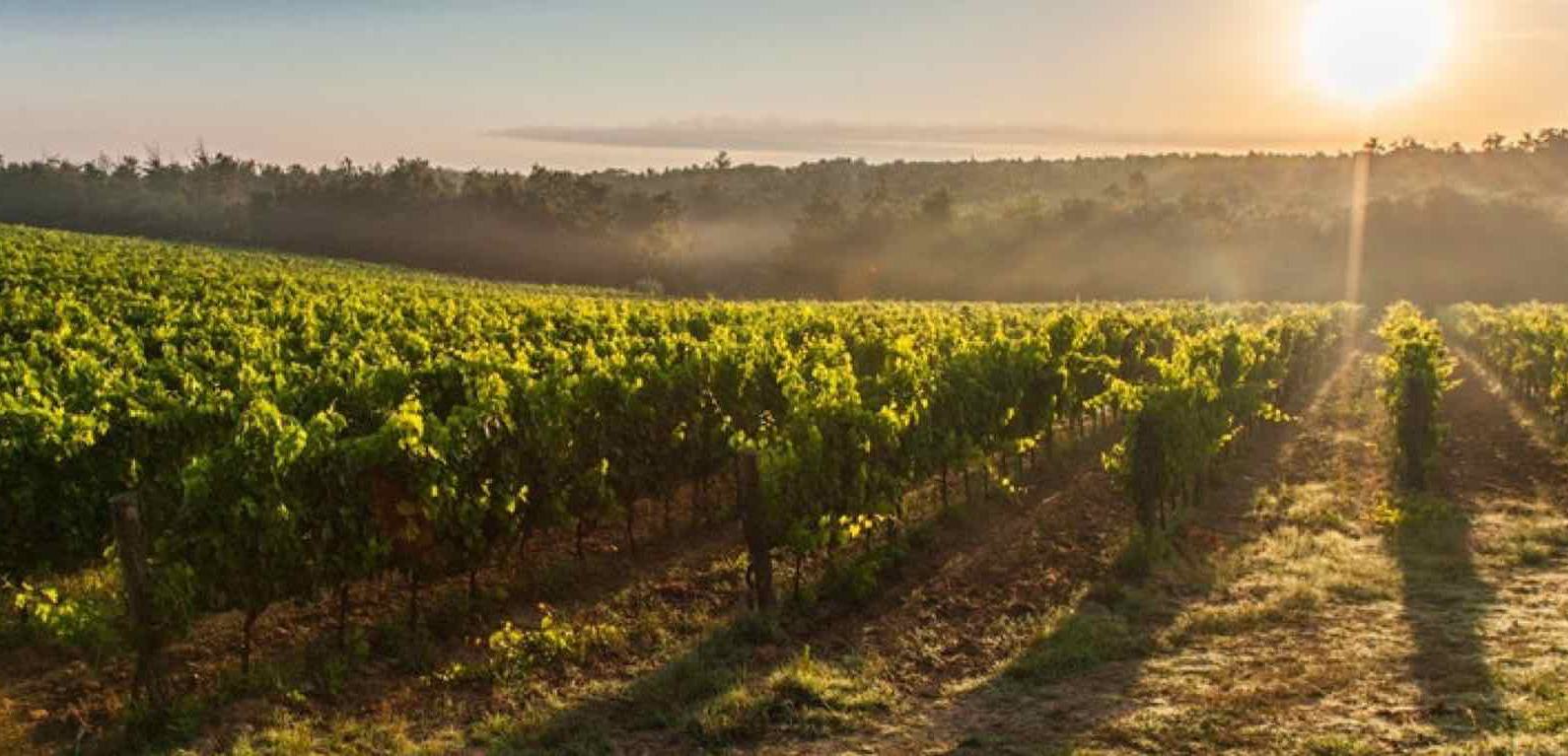
Bouches-du-Rhône is a recent IGP appellation covering a smaller area of the Méditerranée. The majority of production under this label is red, with wines made from a range of different varieties, notab...
Read more ▸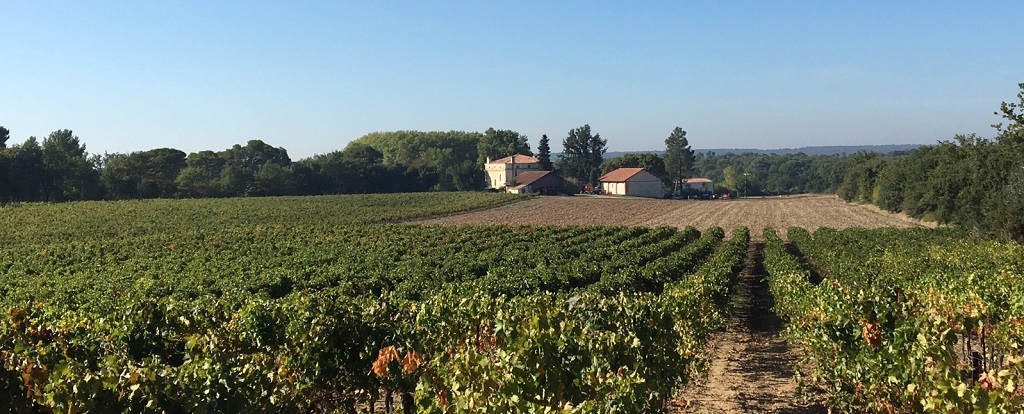
Coteaux d'Aix-en-Provence is a flexible appellation in the South of France producing red and rose wines from Grenache, Cabernet Sauvignon,
Read more ▸
Coteaux de Pierrevert is one of the smallest and highest appellations in France. Only a handful of producers operate in this little enclave of western Provence. Red, white and rose wines are produced from Provence's traditional varieties.
Read more ▸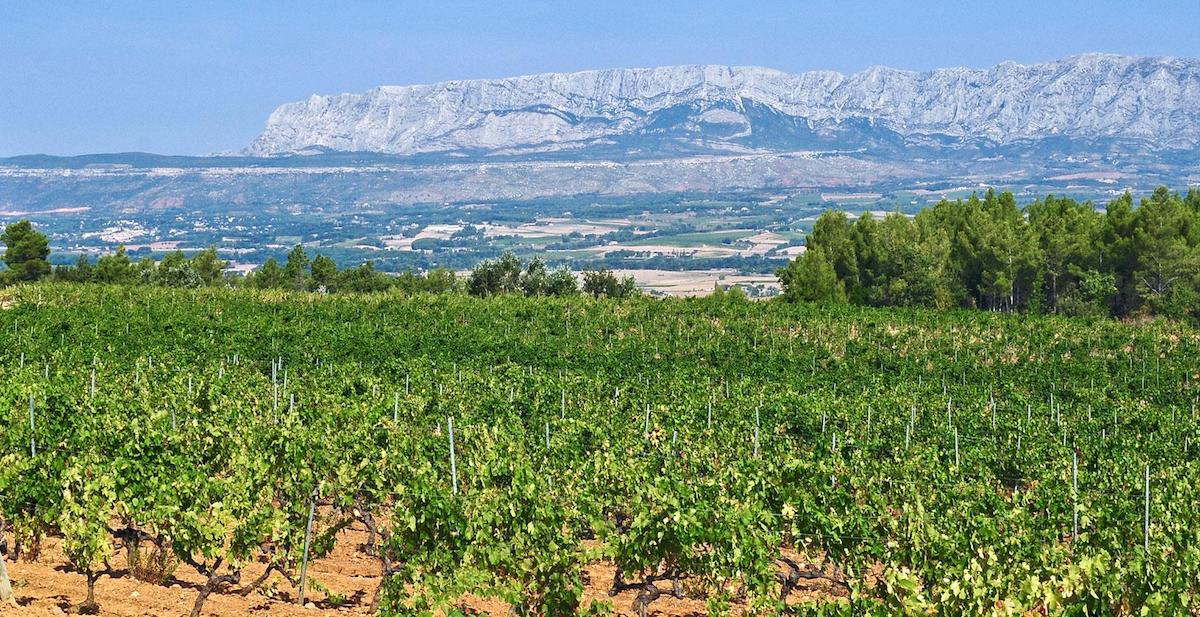
Côtes de Provence is the largest appellation in Provence, covering more than 20,000 hectares of vineyard. This sprawling area is the rosé capital of France with 90% of the production l...
Read more ▸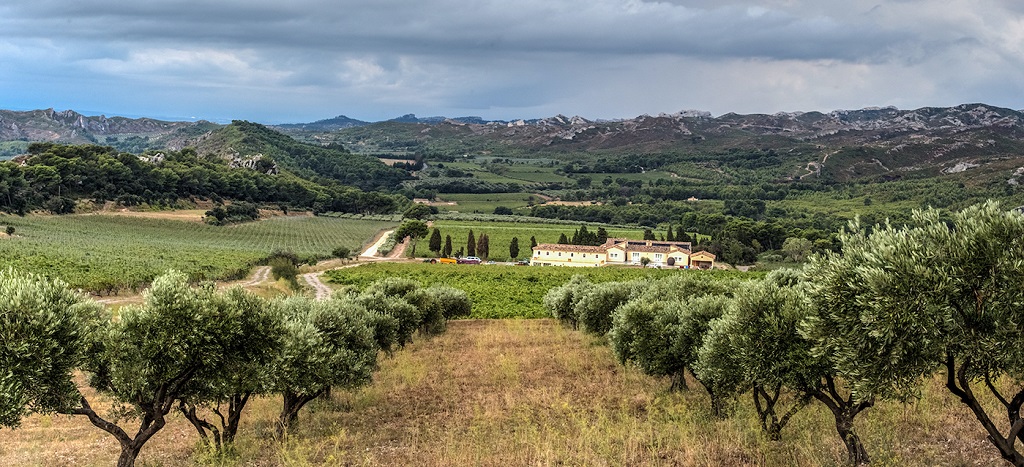
Les Baux de Provence is a small appellation in Provence. Granted AOC status in 1995, it produces predominantly red wines. Around 25% is rosé.
Read more ▸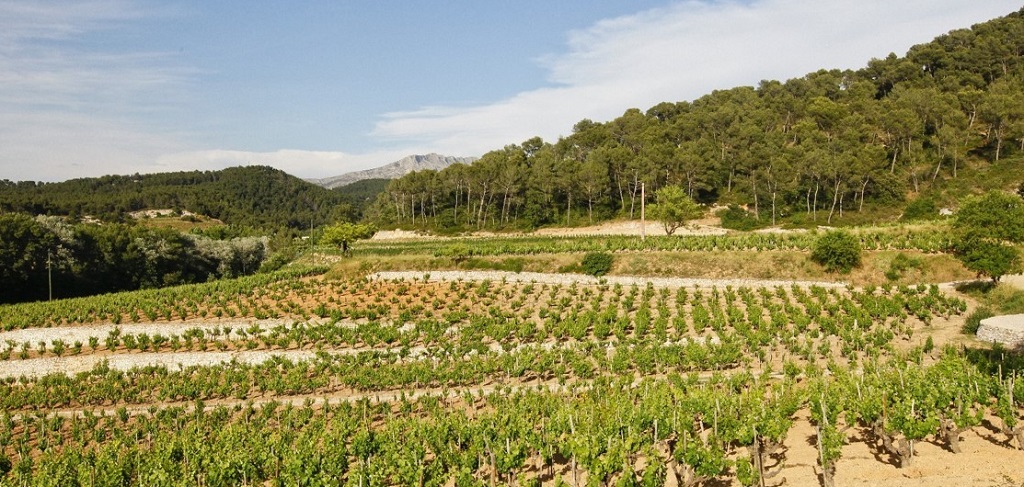
Palette is a small AOC close to the town of Aix-en-Provence. It is dominated by a handful of wineries, notably Château Simone, which owns about 50% of the appellation's vineyards.
Read more ▸